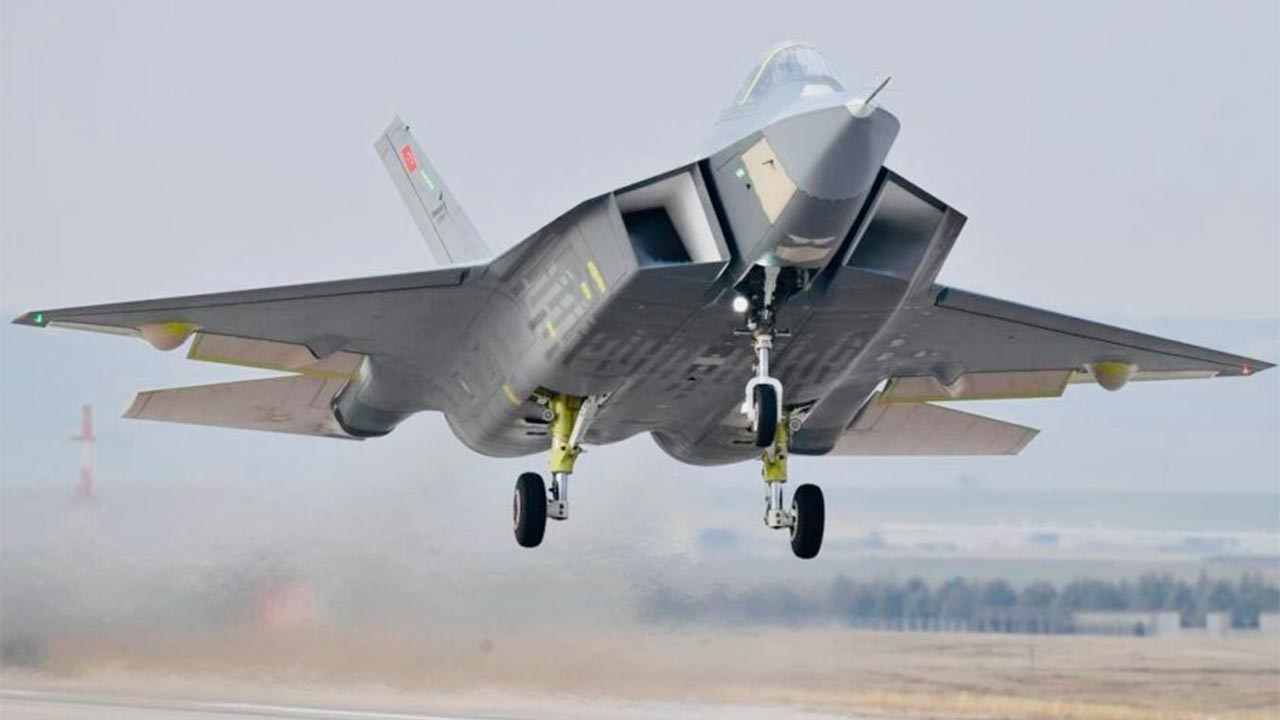Turkey’s KAAN Fighter Jet Program Advances with Domestic Engine Integration
Turkey has made a significant leap forward in its ambitious combat aviation program by ordering the sixth prototype of the fifth-generation KAAN fighter jet. This development, announced by the Presidency of Defense Industries (SSB), marks another milestone in the country’s efforts to build a domestically produced, advanced military aircraft.
The new order allows Turkish Aerospace Industries (TAI) to conduct a series of critical test phases simultaneously. These include wind tunnel experiments, environmental stress tests, avionics validation, high-speed taxi tests, and runway runs. These activities are crucial for preparing the aircraft for serial production and eventual integration into the Turkish Air Force.
The SSB highlighted that deliveries to the armed forces will occur in phases, with each successive production block incorporating increasingly advanced capabilities. This phased approach ensures that the fighter jet evolves alongside technological advancements and operational needs.
A Major Milestone: Domestic Engine Development
One of the most notable achievements of the KAAN project is the integration of an engine developed entirely within Turkey. According to defense officials, this process remains on schedule. Future versions of the aircraft, such as Block 30 and Block 40, are expected to phase out the U.S.-made General Electric F110 engine and transition to a domestic powerplant. Testing of the new engine will follow as the technology matures.
This shift towards a domestically developed engine is a key component of Turkey’s broader strategy for defense self-sufficiency. By reducing reliance on foreign suppliers, the country aims to strengthen its aerospace industry and enhance its strategic autonomy.
The KAAN Project: A Symbol of National Ambition
Launched in 2010, the KAAN project has become a symbol of Turkey’s push for defense self-sufficiency. The fighter jet is a twin-engine stealth aircraft capable of supersonic speeds and advanced maneuverability. It is designed for both air superiority and strike missions, making it a versatile asset for the Turkish Air Force.
The development of the KAAN accelerated significantly after Turkey was removed from the U.S. F-35 program in 2019. This decision came following Turkey’s acquisition of the Russian S-400 air defense system. Originally intended as a complementary platform to the F-35, the KAAN has since evolved into the cornerstone of Turkey’s air power strategy.
Key Developments and Future Outlook
In 2024, the first KAAN prototype successfully completed its maiden flight over Ankara, flying for 13 minutes—two years ahead of schedule. Turkish officials celebrated this milestone as a breakthrough in the country’s aerospace ambitions. The aircraft is expected to reach full operational capability by 2035, with gradual integration into the Turkish Air Force over the next decade.
The KAAN program reflects Turkey’s long-term vision for a robust and independent defense industry. By investing in cutting-edge technology and fostering local expertise, the country is positioning itself as a major player in the global aerospace sector.
Strategic Implications and Export Potential
Beyond strengthening national defense, the KAAN project also holds potential for strategic exports. As Turkey continues to develop its aerospace capabilities, the possibility of exporting the fighter jet to allied nations or other countries interested in advanced military technology becomes more viable.
This focus on exports aligns with Turkey’s broader economic and geopolitical goals. By building a strong domestic defense industry, the country can not only meet its own security needs but also contribute to regional stability through strategic partnerships and trade.
Conclusion
With the sixth prototype now in production and the domestic engine integration progressing, the KAAN program is well on its way to becoming a flagship project for Turkey’s aerospace sector. As the country moves closer to achieving self-sufficiency in defense manufacturing, the KAAN represents a powerful symbol of national pride and technological advancement.






